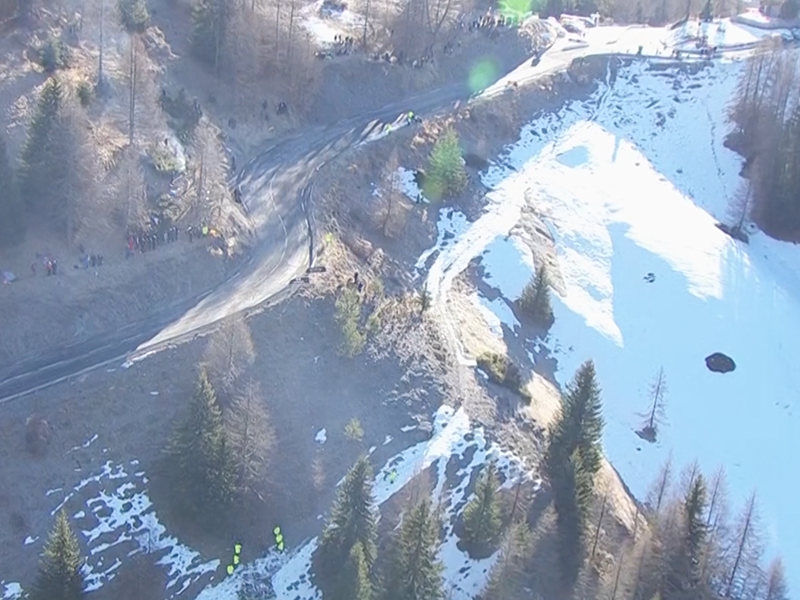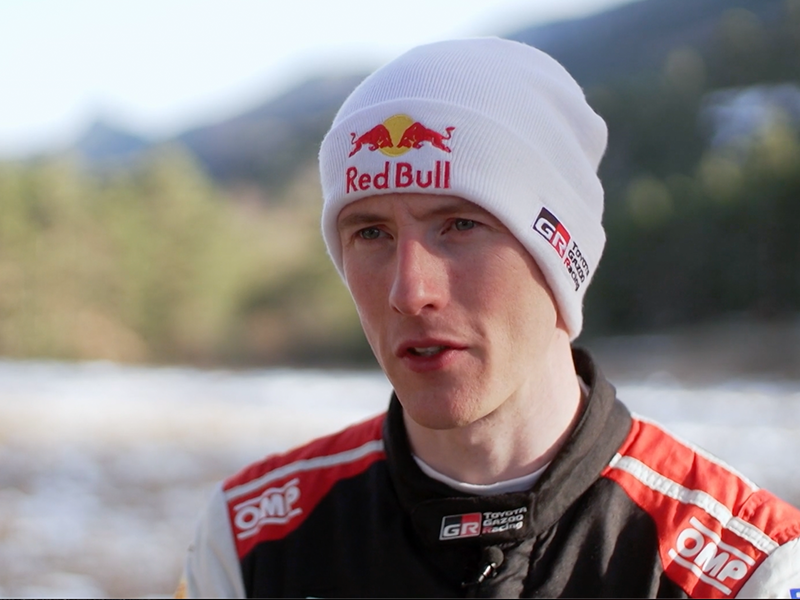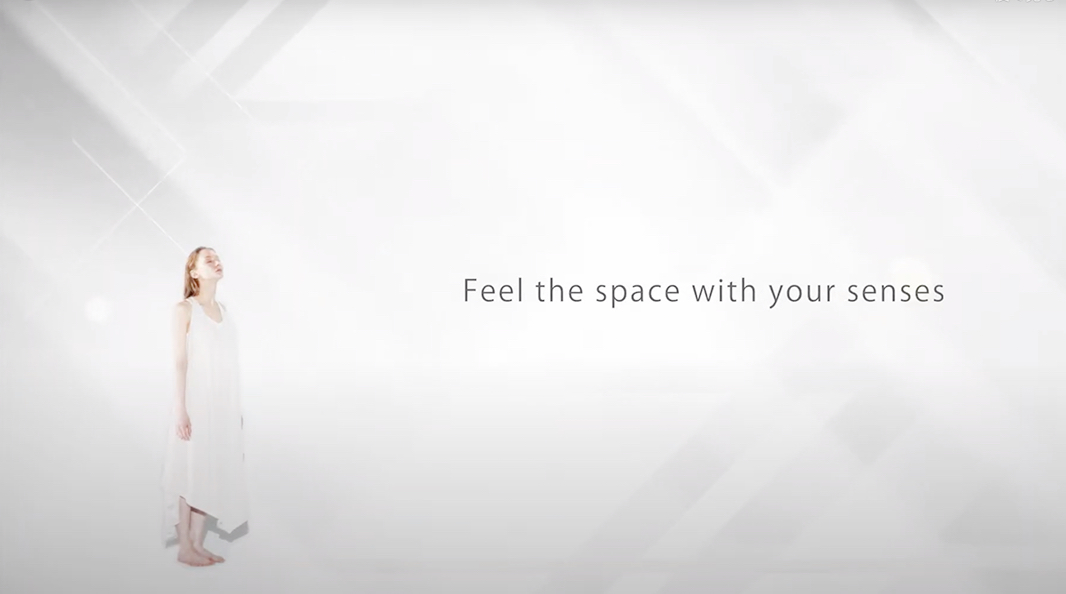The new WRC era begins with a traditional opening round
Replacing the World Rally Car that has been a mainstay of the WRC for the past 25 years, the Rally 1 car uses a tubular frame, which is used for small racing cars made of hollow tubular material, instead of the monocoque body of a standard production car, and the body covers this frame. It is the first pure race car in the history of the WRC, being different from the conventional rally cars that were usually modified from their production counterparts, and it is also equipped with a hybrid system for the first time.
All eyes were on this dreamlike car that had severed its ties with production counterparts to see how it would fare in the competition. What everyone had wanted to know since the announcement of the move to Rally 1 was now a reality. The stage for this was Rallye Monte-Carlo, which was held for the 90th time. This rally boasts the longest history in the WRC and has been a traditional opening round.
The “snow and ice of Monte Carlo” has already become a legend, and the continuing warm winters in the French Alps meant that this year again the rally was basically competed on dry tarmac. However, due to the nature of the roads in the stages, which start at the foot of the mountain, cross a mountain pass, and go to the base of the mountain on the other side, snow and icy road surfaces are waiting for the drivers on the higher passes and the northern sides of mountains.
Rallye Monte-Carlo is a tricky event where you never know where you might get caught out, and it’s not just once or twice that the crew that was leading until the last day then had to surrender victory at the last minute. And this year was no exception.

Two champions
The rally kicked off with a night stage on the evening of 20 January, and it was Ogier in his Toyota who set the fastest times one after another. Undisputed Monte Carlo champion with eight wins in this rally, the French driver was also fastest in the shakedown before the start of the rally.
The only one who competed tenaciously against Ogier was Ford’s Sébastien Loeb, who had been driving around in the desert in the Dakar Rally until the week before. Having won this rally seven times, Loeb had been the master of Monte Carlo a generation ago before Ogier. They are not invincible just in the principality, but Ogier has been a World Champion eight times while Loeb has nine. In the past 18 years the only champion except for these two has been Ott Tänak who had the honour in 2019.
Ogier led the rally after the night stages on Day 1 with a 7 second gap over Loeb. with the third driver already over 10 seconds away from the lead. Even though everyone was still unclear about things going into the rally with their first hybrid cars, the originally fast drivers were still strong.
It was clear from their times on the second day forward that there was not much difference between the two drivers and the Rally 1 Yaris and Puma. Until the end of Day 2 the two drivers swapped the lead several times. Loeb set the fastest time on consecutive stages and overtook Ogier, but then Ogier fought back to regain the lead.
What is interesting to note is the time differences between the two on sections where there was ice on the road surface. Ogier lost 15 significant seconds on the black ice section in the middle of SS5 on Day 1, allowing Loeb to turn the tables on him. Ogier didn’t make a big mistake but lost a large chunk of time. In Rallye Monte-Carlo speeds exceed 180km/h on the fastest sections, but on icy roads, 40km/h or 50km/h is the most they can run at. Drivers were forced to inch along, trying to find the feel of the poor-gripping dry tyres in these sections. These are where things get tricky.
Loeb wasn’t always the lucky one on the icy roads. In addition to making a mistake in tyre choice on Day 2, Loeb handed the fastest time to Ogier on the frozen road on SS11, the classic Sisteron test which always has snow. In the second time in Sisteron on SS13, he lost as much as 15 seconds to Ogier. As bad luck would have it, there was a huge gap of 21.1 seconds between Ogier on top and Loeb in second after Day 2.
On the third and final day, time was running out for Loeb. However, on SS16 there was a turnaround when Ogier unexpectedly suffered a puncture and lost 35 seconds with only SS17 left to go. At this point, a gap of nearly 10 seconds could have made Ogier feel hopeless, but instead, he was determined to reclaim the lead and tried with all his might. However, perhaps because of his eagerness, he jump-started the stage and incurred a 10-second penalty. This was the decisive moment for the fight between the two. Becoming aware of Ogier’s penalty, Loeb no longer needed to try hard. In a dramatic finale, Loeb took his eighth win in Monte Carlo, bringing his WRC victory tally to 80.

The ability of the hybrid cars
With an alleged 500 horsepower of hybrid boost, the monster Rally 1 cars were surprising in many ways. The majority of drivers commented beforehand that these cars were difficult to control because of the sudden rise in power.
However, the Rally 1 cars on stages didn’t appear as brutal as the Group B rally cars from the 80s which was called the monster. Except for right after the start, these cars don’t feel like they generate 500 horsepower, and their stage times don’t seem to be as good as the World Rally Cars. This is probably due to the fact that these cars weigh 100kg more than the World Rally Cars. In addition to being heavier, their handling didn’t look good either, probably because the Rally 1 cars are not equipped with an active centre differential.
That said, these cars are still in their infancy. As the drivers’ ability to respond is more important than their cars in the tricky Monte Carlo rally, the cars only showed a glimpse of their abilities. In fact, the handling issue that all the cars had seemed to have improved in the second half, although that could have partially been because of some set-up changes during the rally. We will still need to wait and see for a few more rounds before we can talk about their real abilities.

The championship contenders
Loeb and Ogier, the two drivers who fought for the win in this rally, do not compete in the WRC all year. Loeb, who came back to the championship after a long absence, has not decided on his next WRC event. Having stepped down from a full-time programme in the WRC, Ogier will not drive in all of the rallies this year. Monte Carlo was dominated by two part-time drivers, so to speak, but this rally gave us an idea of which drivers will play leading roles in the second round in Sweden and beyond.
Toyota’s Evans, who was in third place until he retired, was head and shoulders above the rest of the full-time drivers in terms of sheer speed. Breen who took third after Evans retired, is not bad either. And Toyota’s young gun – Rovanperä showed his talent with three fastest times as well as a fourth-place finish.
In comparison with the full manufacturer team Toyota, the near semi-private M-Sport Ford seems to have prepared a car that can be comparable with the Toyota at this point.
The only concern is Hyundai. They still haven’t decided their team principal after Adamo’s departure, and they didn’t do well in this rally either. Their times were not bad when they were running properly, but if you listen to the drivers’ comments, it is obvious that they lack confidence in their cars. Actually in this rally, they had a series of minor problems. Rally Sweden is still a month away, and it will be interesting to see how much progress they can make in development and gather themselves by then.

 Mobility-related information website
Mobility-related information website




